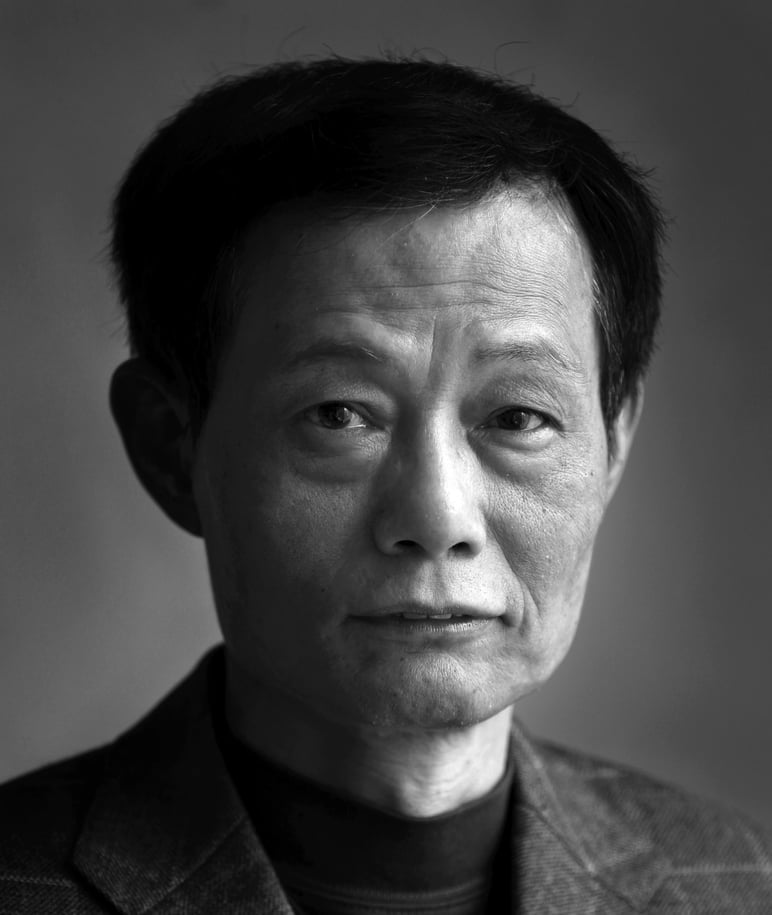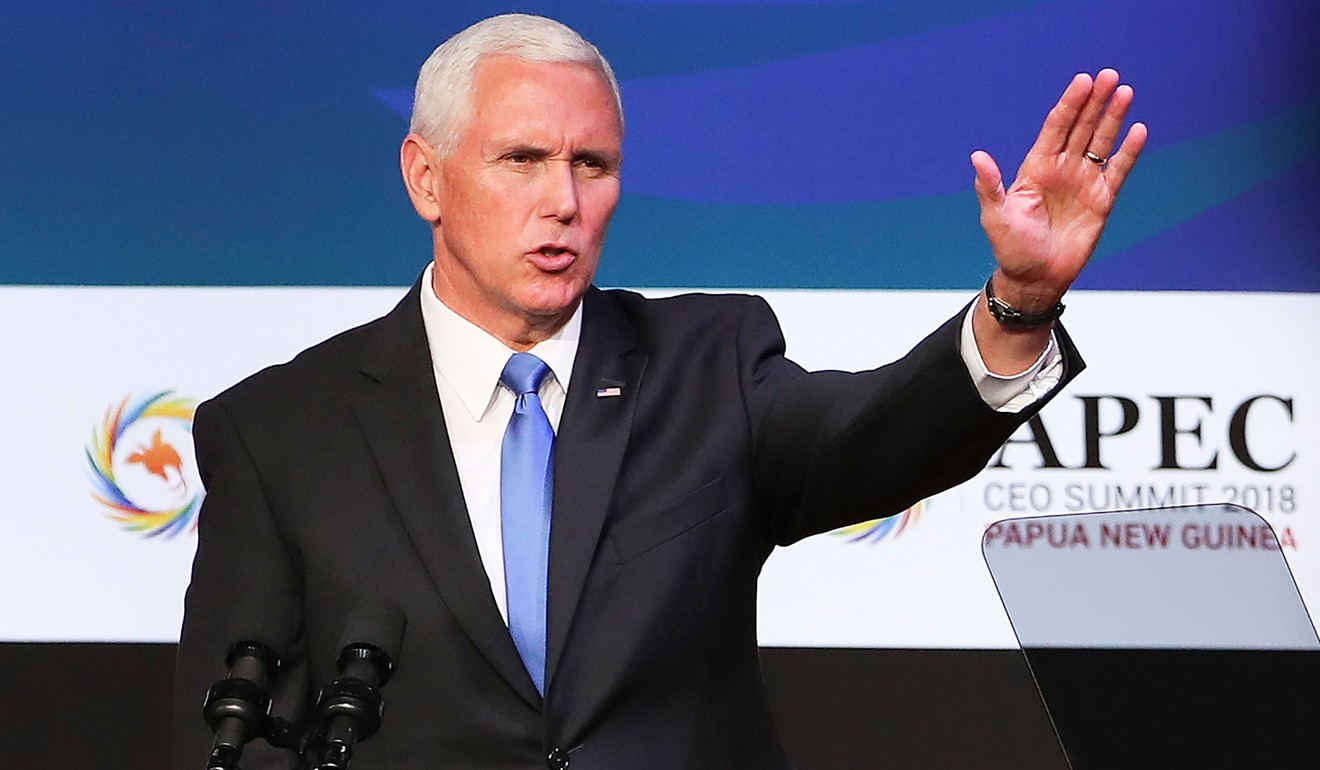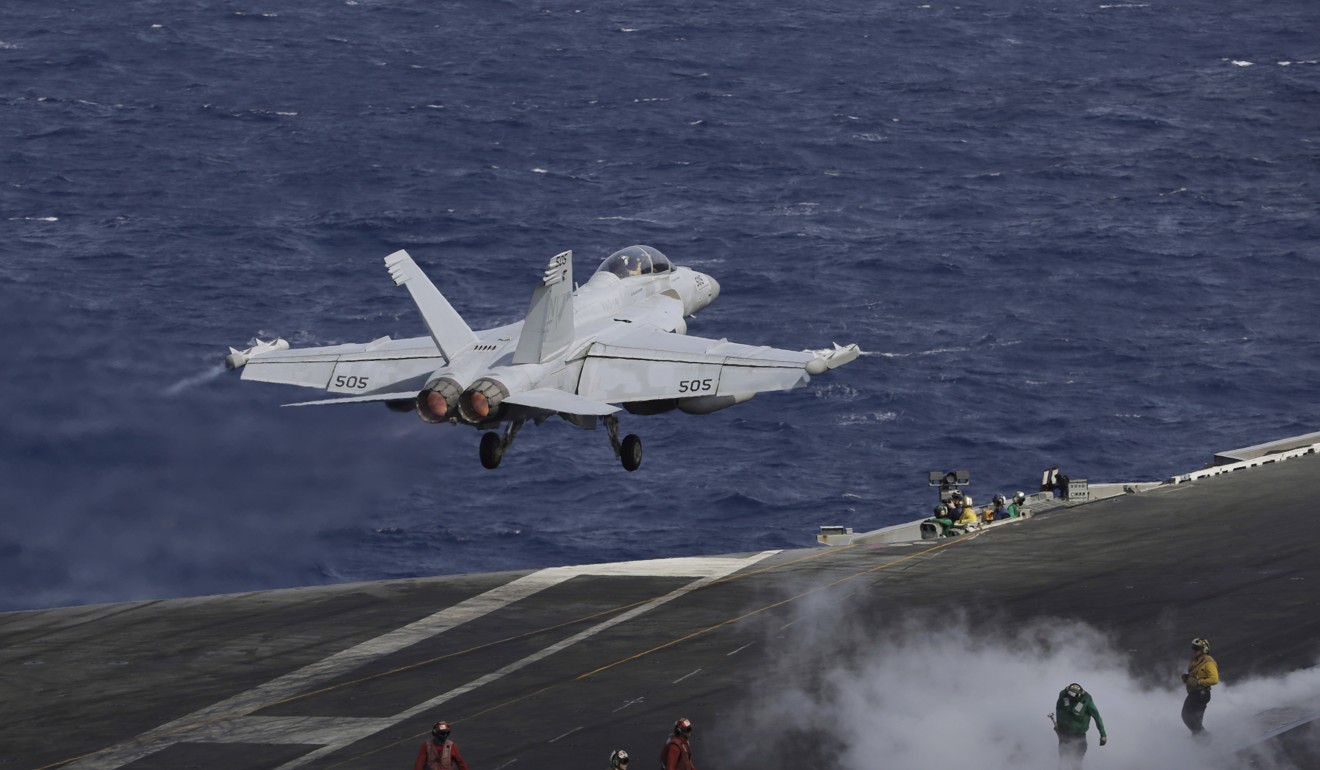
Stuck between a US and China heading for war, Asia’s no safe place to be
- Imagine a dragon and an elephant fighting in your living room and you have an idea of the Apec summit in Papua New Guinea
Imagine how frightening it would be if a dragon and an elephant were fighting in your living room.
“You know, the two big giants in the room.” That was the response of summit chairman Peter O’Neill, the prime minister of host nation Papua New Guinea, when asked which of the 21 members of the group could not reach agreement.
The disagreement over the joint statement reflects a hardening of the conflict between them, with each side deploying aggressive, uncompromising rhetoric reminiscent of the cold war era.
It even prompted the usually diplomatic Singaporean Prime Minister Lee Hsien Loong to warn bluntly that nations in the region might be forced to choose sides.

Smaller Asian countries have long faced a delicate balancing act to avoid getting caught up in the proxy battle for supremacy between the world’s two major powers.
The region has been caught in the middle of such divisions before – during the Korean and Vietnam wars.
Here’s who wins and also loses in US-China trade war: Vietnam
But with many countries seeking closer economic integration with China, the trade war will lead to particular complications, as the US and China are pushing for different economic models.
From a geopolitical perspective, the US has been militarily dominant in the region since the end of the second world war.
This dominance, coupled with the US-led international order, has underpinned peace and stability and enabled regional economies to prosper. It has also encouraged many nations to forge closer security ties with the US to hedge against what they see as the rising communist giant’s increasingly assertive foreign and military policy.
As the trade war escalates into a broader cold war-style confrontation, it becomes increasingly difficult for small nations to maintain such a balance.
The US-China rivalry has intensified since the second term of Barack Obama’s presidency.

China’s trade war pain can be ASEAN’s gain
The US and its allies reject Beijing’s territorial claims, as parts of the sea are also claimed by Malaysia, Vietnam, the Philippines, Indonesia, Brunei and Taiwan.
With two belligerent giants in the room heading for an all-out confrontation, and possibly war, Asia is becoming an increasingly unsafe place. ■
Cary Huang, a senior writer with the South China Morning Post, has been a China affairs columnist since the 1990s

